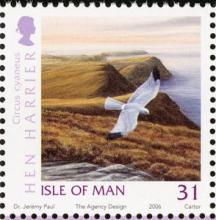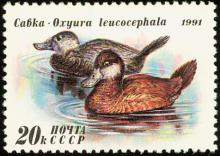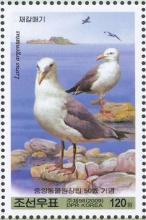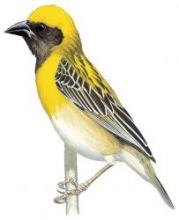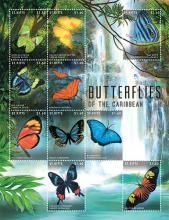Hen harrier plunges towards extinction in England
The hen harrier (Circus cyaneus), an iconic bird of prey, is heading towards the brink of extinction in England, new figures suggest. There are just four breeding pairs left in England and numbers are declining elsewhere in the UK. Scotland is the traditional stronghold of these raptors, but numbers have fallen 9% since 2010. Numbers in England fell from twelve pairs in 2010 to just four in 2016.

